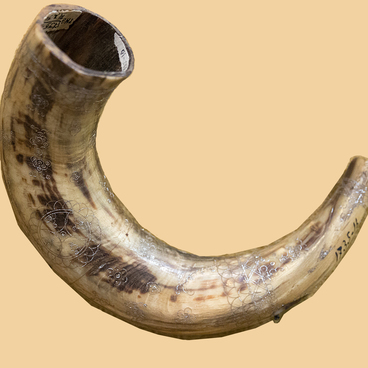At the end of the 18th century Russia, Austria, and Prussia divided between them the territory of the Polish-Lithuanian Commonwealth. Most Polish and Lithuanian Jews became Russian subjects, but their rights were not equal to those of the Russian population. Jews were restricted in their places of residence, admission to educational institutions, obtaining employment, and wearing national dress. All this forced Jews to seek protection in their faith and to turn to mystical and otherworldly forces.
In Hasidic legends, there are tales of demons and dybbuk (literally, “dybbuk” means “clinging”). They are cursed souls who are capable of possessing a person. To protect themselves, people made amulets that looked like sacred texts on small pieces of parchment. The masters who made these amulets had to meet very high requirements — they were special members of the community, versed in the field of angelology and demonology. They understood the cosmic time and space, knew how to combine the letters to form the name of God, and they also observed fasts and were pure in their thoughts.
One of the main amulets was a child’s amulet in the form of a small medal. It was designed to protect child’s health and bearing the wish:
In Hasidic legends, there are tales of demons and dybbuk (literally, “dybbuk” means “clinging”). They are cursed souls who are capable of possessing a person. To protect themselves, people made amulets that looked like sacred texts on small pieces of parchment. The masters who made these amulets had to meet very high requirements — they were special members of the community, versed in the field of angelology and demonology. They understood the cosmic time and space, knew how to combine the letters to form the name of God, and they also observed fasts and were pure in their thoughts.
One of the main amulets was a child’s amulet in the form of a small medal. It was designed to protect child’s health and bearing the wish:

